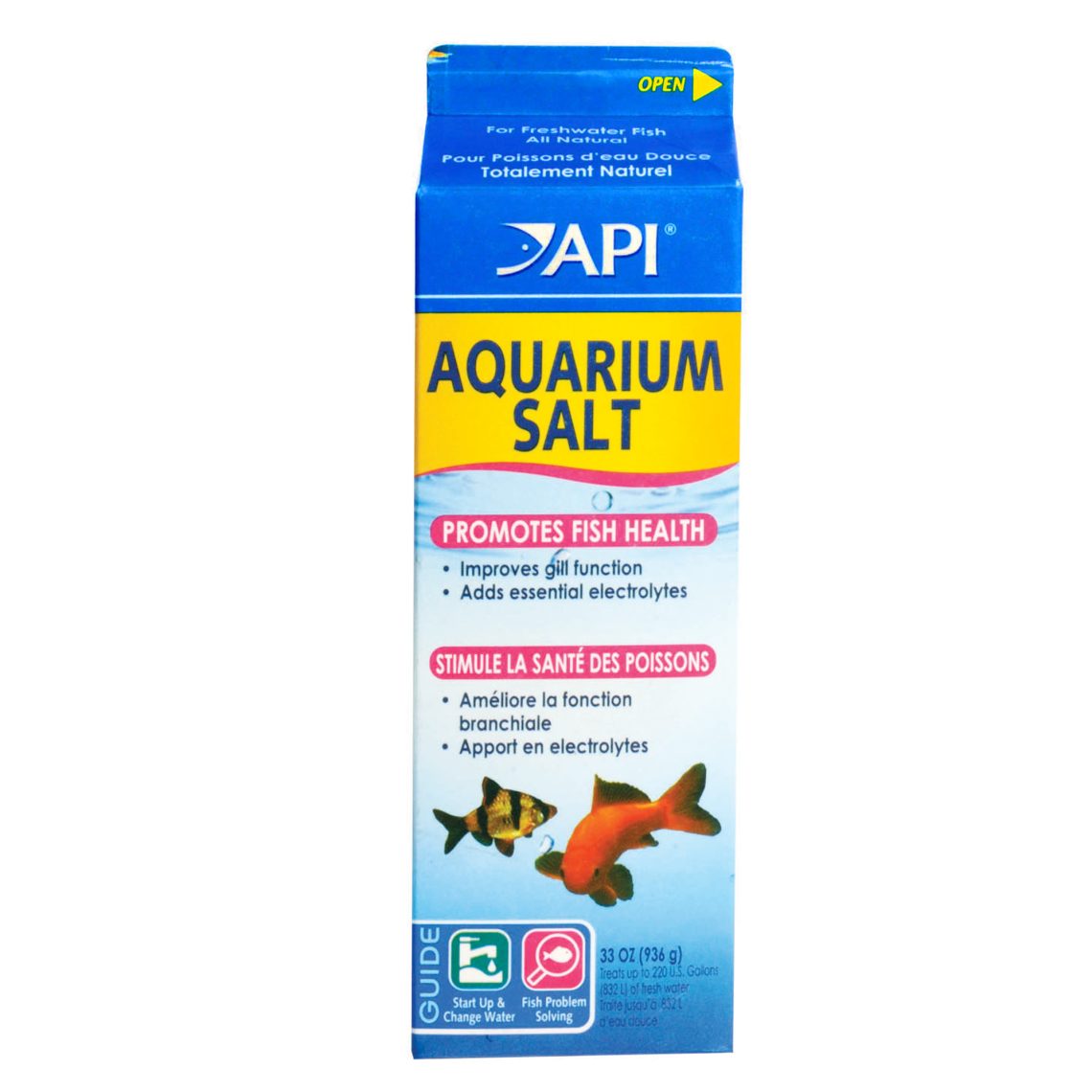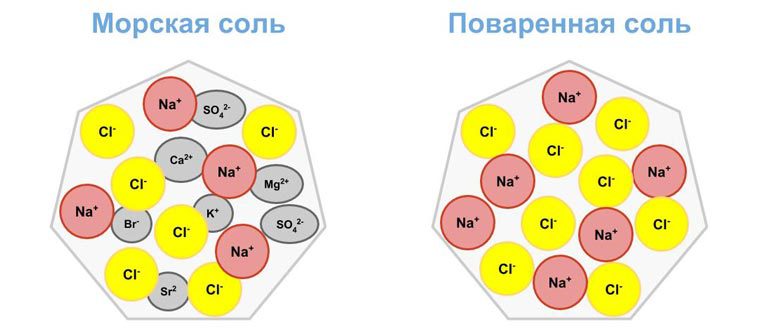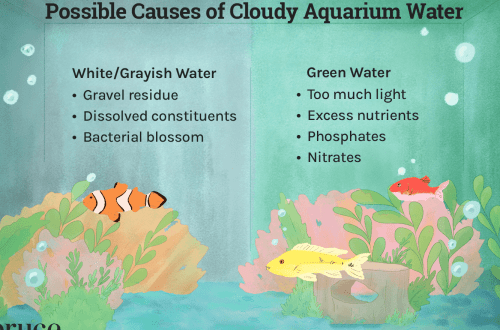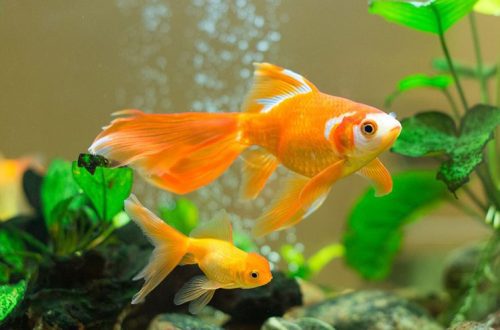
What salt can be added to a freshwater aquarium
Salt is mainly used in the treatment of certain diseases of fish, through the preparation of salt baths, as well as in brackish aquariums when keeping species that live naturally in river deltas that flow into the sea or are subject to salinity.
Contents
What salt to use
The choice is between table and sea salt. Common table salt is a well-known product with a simple formula – sodium chloride (NaCl), often with the addition of iodine, which is not welcome in the aquarium in dissolved form. In addition to the familiar formula, sea salt contains a large number of additional elements, such as sulfates, magnesium, calcium, potassium, bicarbonates, bromine, strontium and others. The mineral composition may vary depending on the production technology (evaporation, “digestion”). Thanks to additional minerals, a balanced hydrochemical composition of water is ensured, characteristic of natural brackish water bodies, and acceptable for aquarium fish. Salt does not have this effect.
Differences between sea and table salt
 The symbol for sea salt crystals (left) and table salt are rearranged in the image. Both are based on chlorides and sodium, however, sea salt contains many other chemical elements that give water a special hydrochemical composition, unlike ordinary table salt.
The symbol for sea salt crystals (left) and table salt are rearranged in the image. Both are based on chlorides and sodium, however, sea salt contains many other chemical elements that give water a special hydrochemical composition, unlike ordinary table salt.
You can also feel the difference for yourself. If you dissolve in two glasses a bed of sea and table salt, then the taste of water will be different.
Sea salt is recommended to be purchased at pet stores or grocery stores. Be sure to look at the composition so that it does not contain
How much salt to add to the aquarium: A brackish aquarium has a salt concentration of approximately 10% of sea salt, which is about 3 grams. for 1 liter of water.
There are several well-established misconceptions regarding the use of salt in an aquarium. Let’s try to dispel it.
1. Salt to prevent disease in the aquarium?
Very often in various publications, as well as in the advice and recommendations of experts, you can hear that salt is an excellent prophylactic for freshwater aquariums. The usual concentration is
2. Is brackish water necessary for viviparous fish species?
Salt recommendations are also found in articles about keeping some popular fish species, such as guppies, mollies and other live-bearing species, which is not entirely true. The vast majority of fish supplied for sale have been bred for many generations in artificial conditions and therefore are very far from their wild relatives, which actually live in brackish waters.
3. Salt to increase pH (alkalinization of water)?
Sometimes salt is used to alkalize the water in the aquarium, believing that this can achieve the desired pH values. However, salt is an ineffective substance for these purposes. It is much more reasonable to use special substances / reagents from the pet store or special materials in the design of the aquarium that increase the pH, for example, coral sand.





